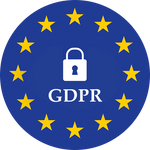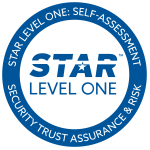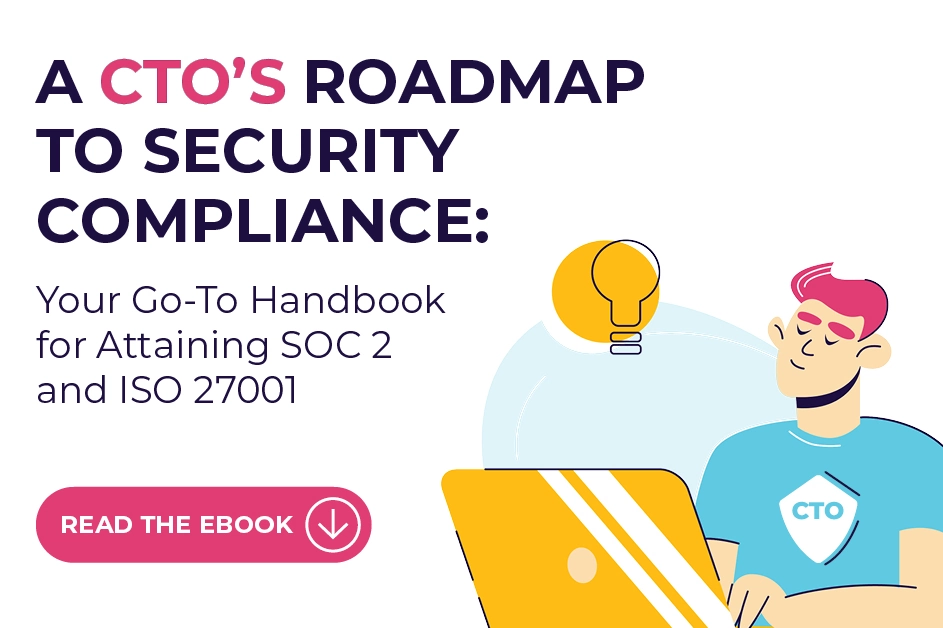By now, you’re probably well-aware of the fact that there’s no one-size-fits-all recipe for getting ISO 27001 certified. It’s not supposed to be easy. If it were, it wouldn’t have gotten its reputation for leading security standards.
However, just because it’s complex doesn’t mean it has to be challenging. At least not if you have the right support and guidance on your side.
Still, sometimes before you can ask for help, you need to pinpoint what exactly you need help with. If you’re still brand new to the land of leading security standards, fret not – we’ve got plenty of information and resources that are right up your alley, focusing specifically on the core basics of ISO 27001.
However, this article is for you if you’re past the introductory stage and ready to delve deeper into the practical aspects of ISO 27001 requirements. Here’s everything you need to know about getting ISO 27001 certified from a slightly more practical standpoint.
An Overview of the Essential ISO 27001 Requirements
In brief, the ISO 27001 standard sets the groundwork for how organizations should create their information security management system (ISMS). The requirements all aim (in some way or another) to help organizations implement adequate resources and controls for the establishment, application, management, and continuous improvement of their ISMS. These requirements serve as a roadmap to ensure that your ISMS is robust and can protect your organization and clients against the changing information security threat landscape.
It’s important to also note that ISO 27001 is not just about what you should do, but also about proving how you do it. Documentation and evidence of compliance play a crucial role in the certification process.
The Key Requirements of ISO 27001
From a high-level perspective, it’s essential to understand that these requirements didn’t simply appear out of thin air, and all serve a greater purpose regarding the effectiveness and sustainability of your ISO 27001 certification. Ultimately, organizations want to rest assured that they’re leveraging the benefits of a leading security standard instead of simply ticking off the ‘get certified’ box. With that in mind, there are seven main ISO 27001 requirements, also known as clauses 4-10 in the compliance framework.
In clauses 1-3, the framework thoroughly introduces ISO 27001 information regarding the scope and context of essential terms and definitions. After that, we get to the key requirements.
Let’s unpack.

Your ISMS Scope (Clause 4)
To get ISO 27001 certified, an organization must understand its context within ISO 27001 compliance. Creating a scope sets the context to which you will draft your ISO 27001 compliance. However, getting this right is a crucial first step. Your ISMS scope must be broad enough to cover all your immediate security gaps. However, it’s important that it not be too narrow or too broad, as a narrow scope can easily miss critical gaps and a too broad scope could potentially drain unnecessary resources.
A thorough scope (and yes, the auditor will check) should include information on the risks you’ve identified and the appropriate measures you’ve implemented to proactively address and mitigate the risks and any potential of unauthorized access to sensitive information.
Note: Your auditor uses this scope during the audit as a blueprint for understanding the risks you’ve identified and controls you’ve implemented as security measures within the organization.
Leadership Involvement (Clause 5)
When it comes to getting ISO 27001 certified, leadership involved is critical. In fact, it’s required! Clause 5 focuses on organizational ISMS design from a leadership and commitment point of view. Emphasizing the importance of Clause 5, it’s crucial to note that without strong leadership commitment, the ISMS cannot be effectively integrated into the organization’s culture and operations. In simpler terms, this requirement expects leadership or top management to establish and support:
- A robust and detailed information security policy
- An internal structure that clearly defines the responsibilities and roles of each person relevant to information security
On a practical level, organizations can begin to satisfy this requirement by selecting a committee that includes executive management and information security team members. Together, they are/will be responsible for overseeing the ISMS’s design, operation, maintenance, and improvement.
Actions to Address Risks & Opportunities (Clause 6)
ISO 27001 is known for its allowance for organizations to tailor their security measures. This creates an opportunity for organizations to implement more intentional security measures and policies specific to the unique threat landscape they may experience.
Clause six mainly covers the planning stage for implementing the proper security measures for your organization. Although there is room for tailoring your security measures, it should be noted that risk management often means different things to different people, and it means something specific to ISO 27001 auditors, so it is vital to meet their requirements.
Without going too far down the rabbit hole, this means documenting the risk identification, assessment, and treatment process, then showing that it is working in practice with the management of each risk. Clarification should be made that while ISO 27001 allows flexibility, it demands a systematic and comprehensive approach to managing information security risks.
Resource Allocation (Clause 7)
The ISO 27001 standard defines clause 7: “The organization shall determine and provide the resources needed for the establishment, implementation, maintenance and continual improvement of the information security management system.”
This requirement is often misunderstood as needing to appoint or hire full-time compliance specialists. This is not the case. Auditors will seek evidence demonstrating that the organization has allocated sufficient resources to establish, implement, maintain, and continually improve its ISMS.
How would organizations go about complying with this requirement? In brief, meeting this clause would include:
- Engaging with trained ISO 27001 resources
- Allocate and record who is responsible for that clause and control.
- Complete a competency matrix
- Implement training and awareness
Regular Assessments and Evaluations of Operational Controls (Clause 8)
Getting ISO 27001 certified isn’t a one-time job. This is further proved in clause 8, which expects organizations to continuously monitor and evaluate their ISMS to gauge whether the implemented controls and policies are adequate. Each organization is, therefore, expected to perform periodic evaluations and improve its systems to meet the requirements consistently. In addition, these performance evaluations should be documented and presented as evidence during an audit to demonstrate compliance.
For instance, an organization might conduct regular security audits or use key performance indicators (KPIs) to measure the effectiveness of their security controls.
Performance Evaluation (Clause 9)
Performance evaluations also provide a valuable reference and structure for conducting internal audits. External auditors leverage these assessments to gauge how much your organization has implemented essential controls and policies, aligning them with your ISMS scope. This ensures a comprehensive evaluation of your compliance efforts.
Improvement & Correction Plan for Nonconformities (Clause 10)
In the event of an ISMS nonconformity, it is imperative for your organization to diligently record the incident, providing a thorough account of the factors that led to its occurrence, along with the corrective actions taken.
The recorded document should encompass the following details:
- The person accountable for the nonconformity.
- The specific nature of the nonconformity.
- Any relevant information regarding concessions (if applicable).
- The corrective measures that were implemented.
It’s also advisable to mention the importance of a continuous improvement process in the ISMS. Nonconformities should be viewed as opportunities for improvement, and the corrective actions taken should feed into the overall ISMS improvement plan.
Navigate ISO 27001 with our Key Resources
No one should go into unknown territory without the right resources to keep them on track. Here’s our ISO 27001 toolkit to help organizations better navigate (and understand) the road to ISO 27001 certification.
Compliance Made Easy with Scytale
When it comes to getting ISO 27001 certified, it’s one thing to understand what you need to do. However, actually doing it (and doing it right) is a whole different ball game. Let’s make sure you’re on the winning team.
Replace the nightmare of running after evidence and never-ending admin with effortless ISO 27001 compliance.
From customized ISO 27001 controls and automated evidence collection to automatic control monitoring and a custom policy generator, we focus on your compliance so you can focus on growing your business.
Get (and stay) ISO 27001 certified up to 90% faster with Scytale.












